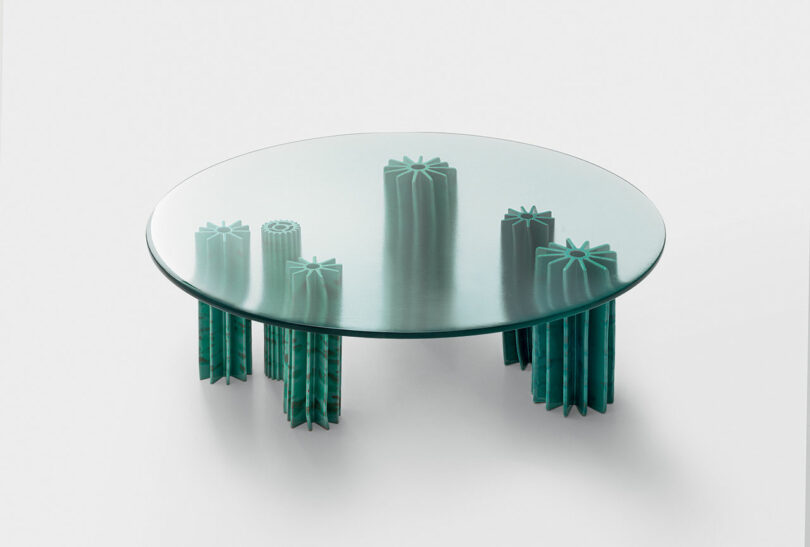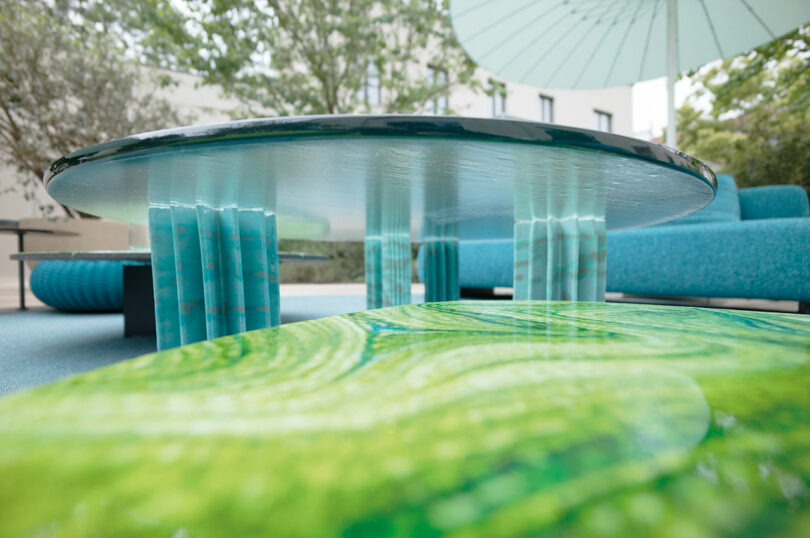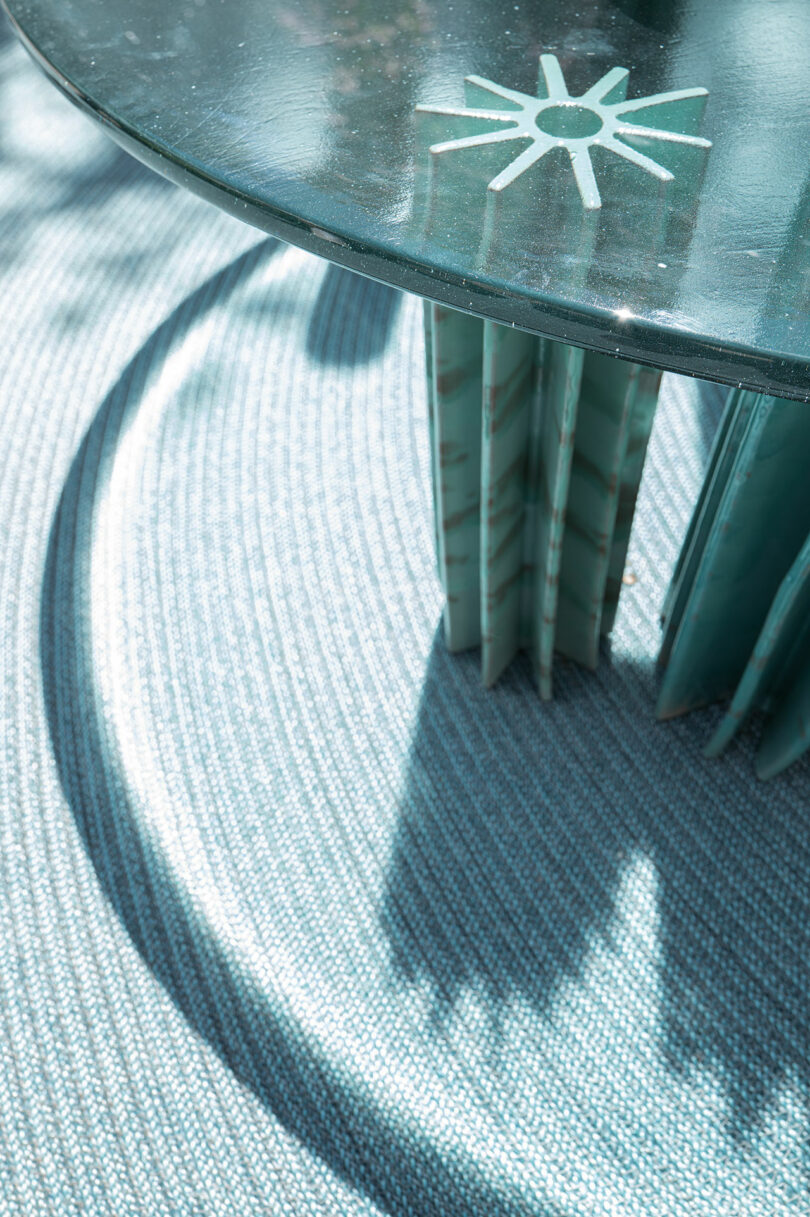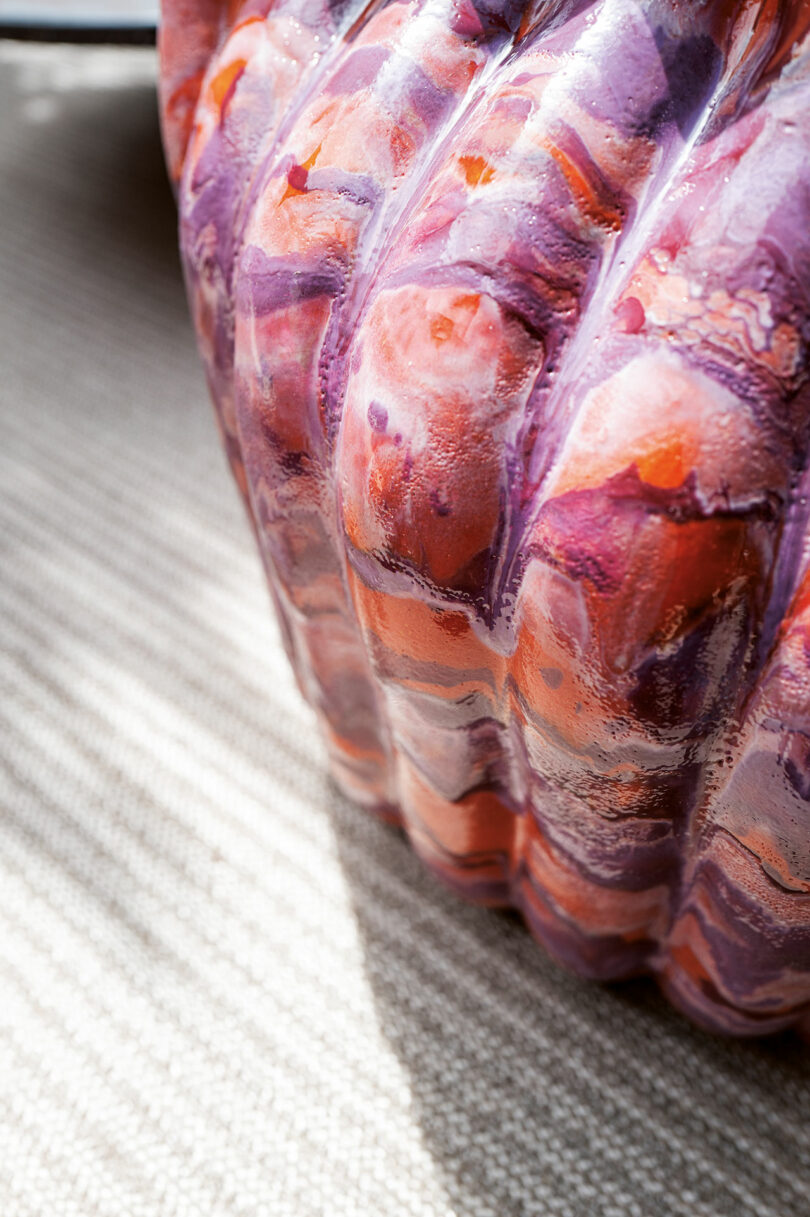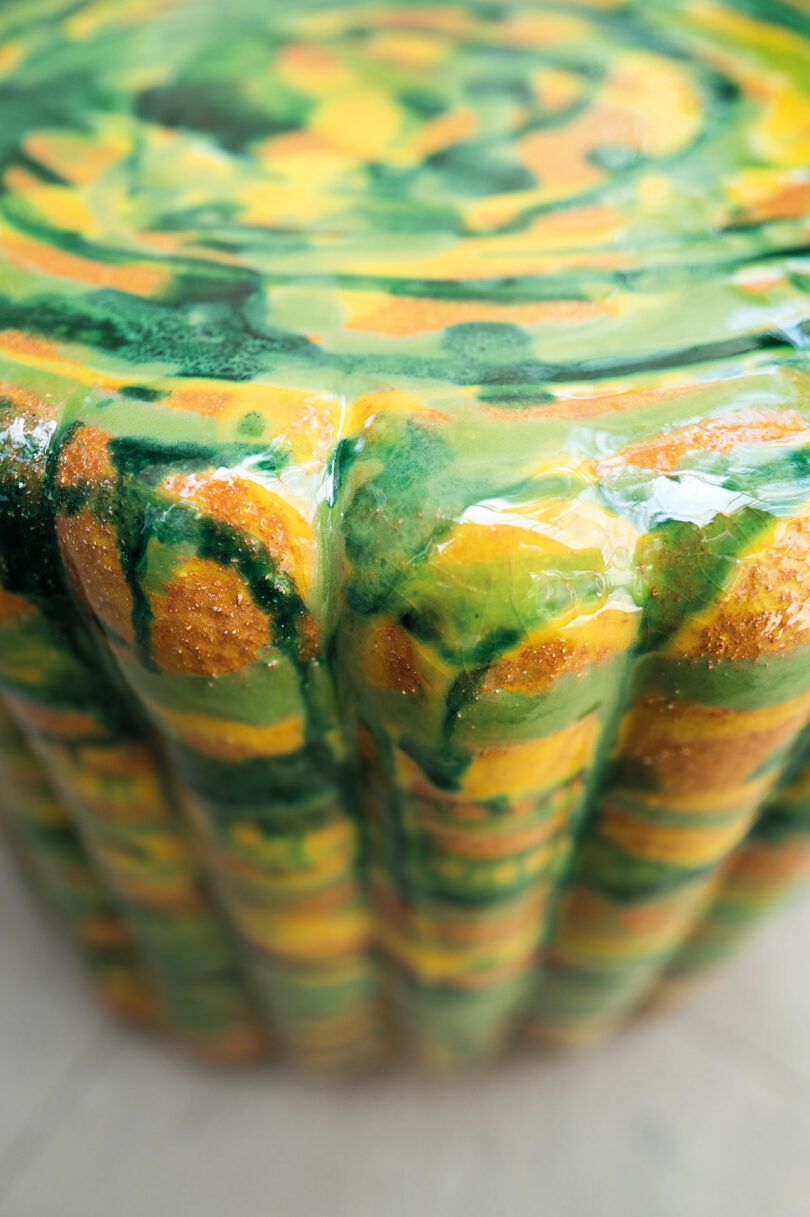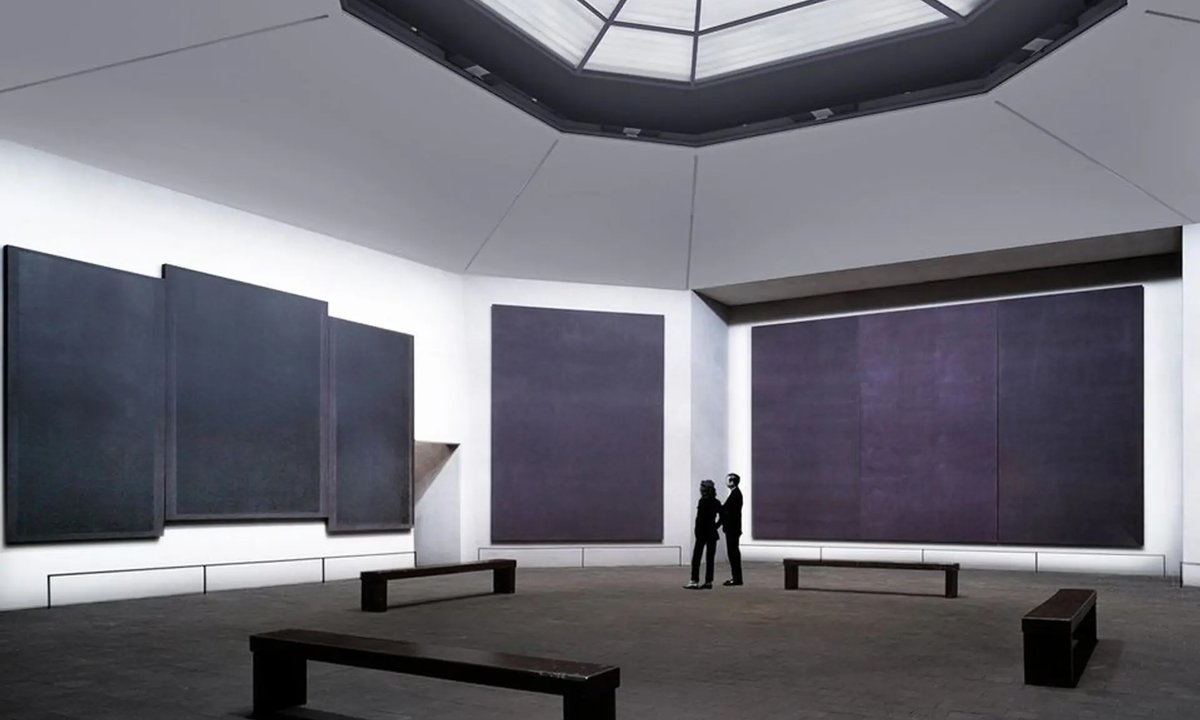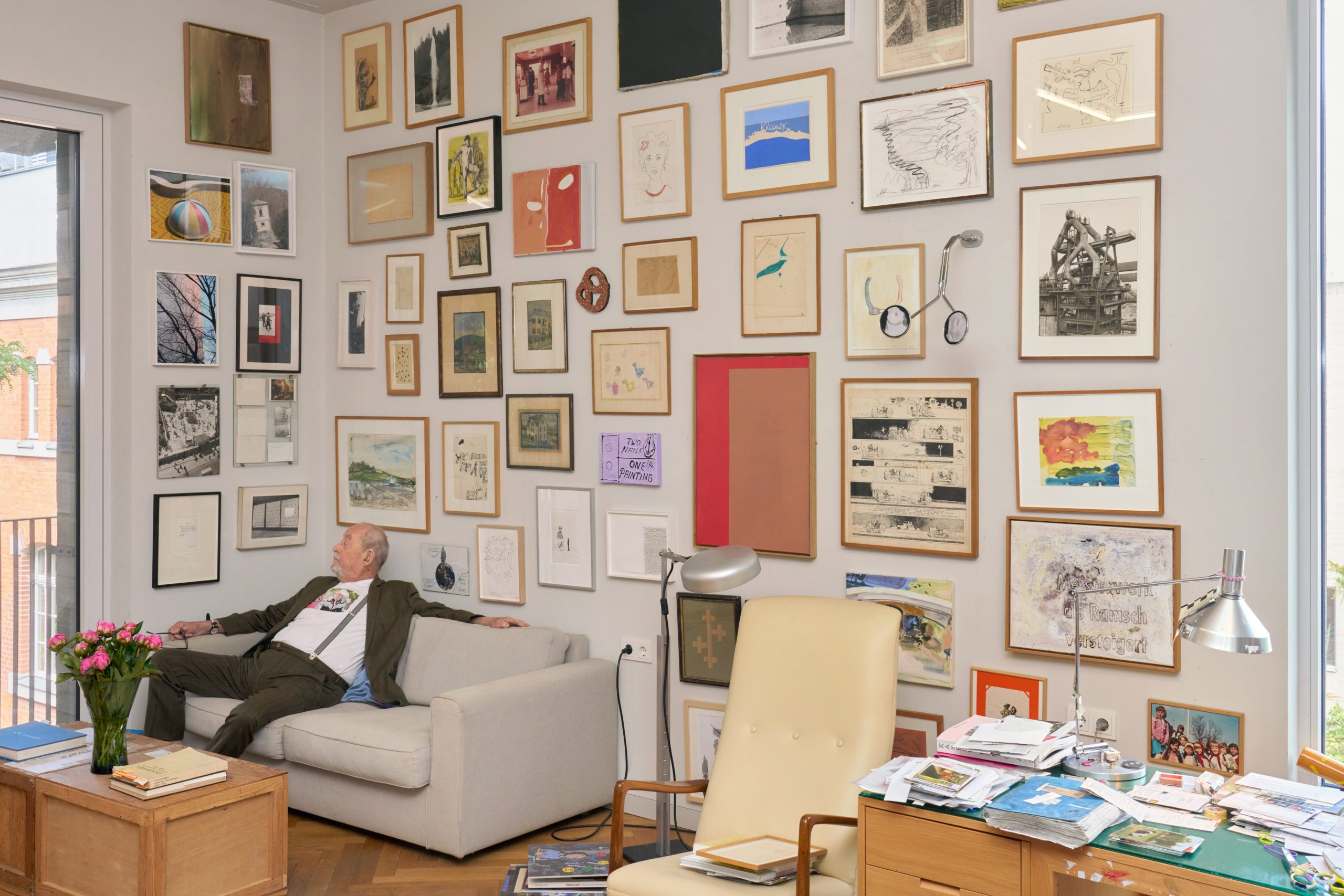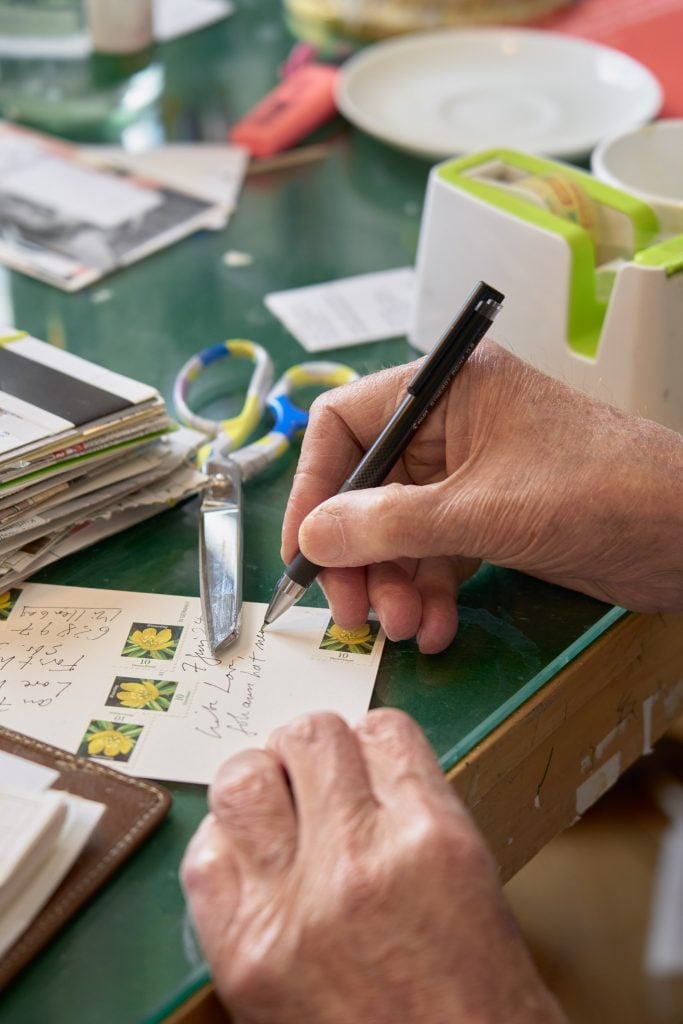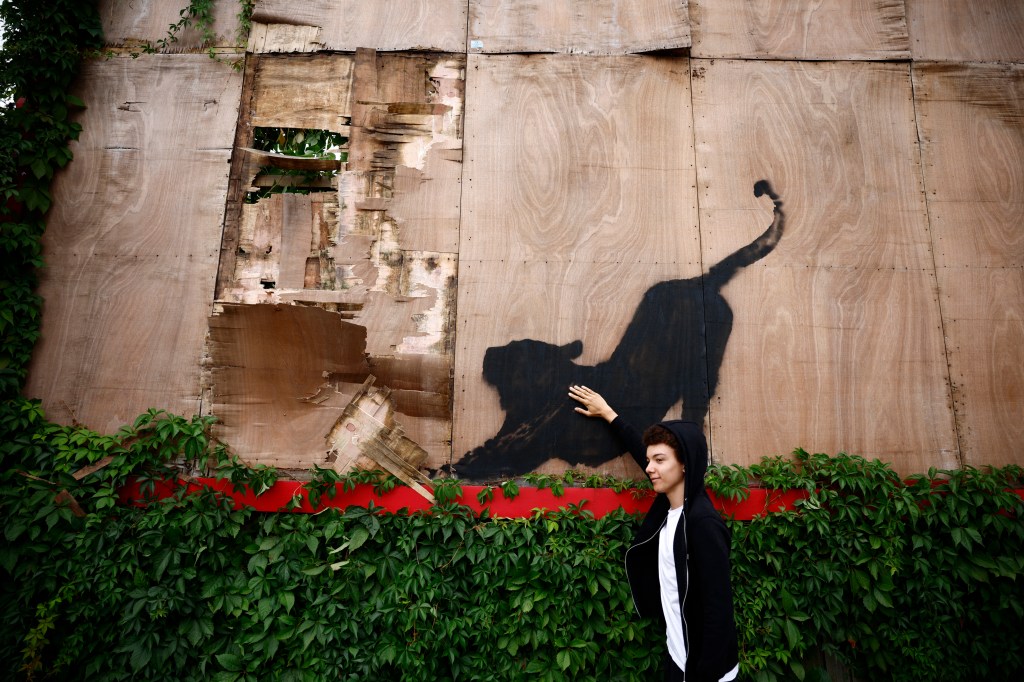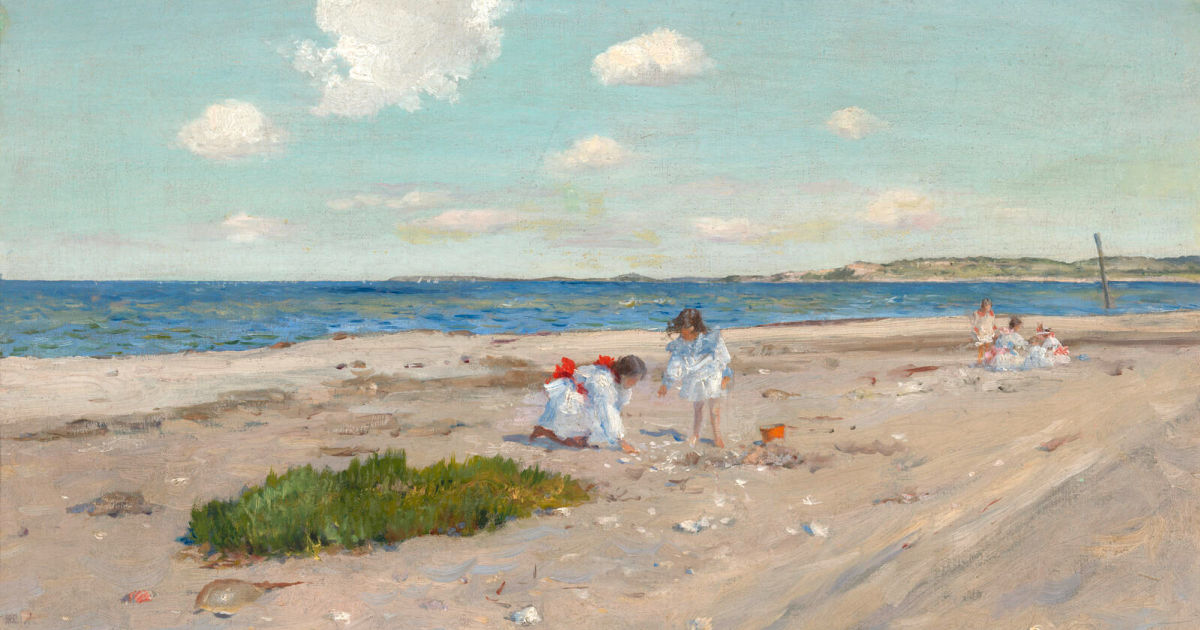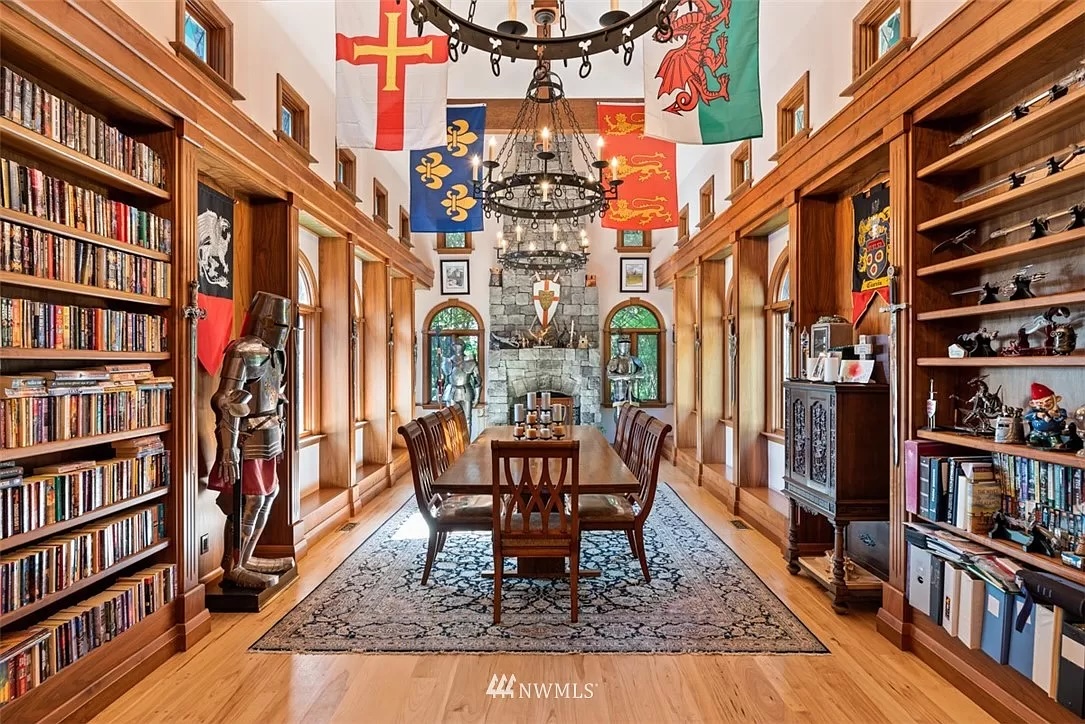After a two-year search, the Chattanooga Symphony and Opera has appointed Ilya Ram as its music director, ushering in a new era for the organization as it enters its 2024-25 season.
Following the departure of Kayoko Dan, who served as the symphony's music director for more than a decade, at the end of the 2023-24 season, Ram becomes the fourth artistic leader of the 91-year-old music organization. Before his appointment in Chattanooga, Ram served as music director of the Akademische Philharmonie Heidelberg in Heidelberg, Germany, a position he will continue parallel to his duties in Chattanooga, he said in a phone interview.
"My base, my home base, will remain in Germany for now, but I have made sure — and it is a very important part for me as music director here — that my presence in town will not just be for the music," Ram said. "I will be here often, and ... I want to integrate myself in Chattanooga. I want to be somebody that people can recognize and talk to and feel like they know, and (I'm) not just somebody they see on stage."
The 33-year-old, American-born conductor has spent much of his professional career in Germany, which has included work with university orchestras and contemporary opera, he said. But during the pandemic, Ram had a "tingling sensation" that he wanted to work in his birth country, he said. And so, the job search began.
(READ MORE: Kennedy: Retired Lakesite DJ helped invent morning "Zoo" format that swept America)
It's a not-so-well-kept secret that conductors look for jobs wherever they can, Ram said. But in Chattanooga, Ram found a place he thought he would fit very well. The Chattanooga Symphony and Opera is a "very European format" for a music organization, a format that doesn't really exist in the U.S., he said. Given his familiarity with the format from his time across the pond, he became interested in the local organization and applied for the music director position.
In the interview process, Ram said that he and the symphony "just clicked," regarding ideas for the future of the organization, among other things. Once he arrived in Chattanooga to guest conduct the symphony as part of the candidate search, Ram felt incredibly welcomed, he said.
[embed]https://www.youtube.com/watch?v=mkIrZdvfLTA[/embed]
"The musicians were fantastic. I chose a very difficult program, a bit on purpose, to see how far I can go with the orchestra, and it was just a blast," he said. "I think I had an insane amount of fun; the concert was fantastic."
From his perspective as the conductor, Ram felt that the musicians enjoyed the concert, and their performance reflected that, he said. Add this experience to Ram's feelings of comfort in Chattanooga, from the walkability of downtown to the food and coffee scene ("I don't want to live in a city where I can't drink a good cup of coffee," he said), and it shouldn't come as a surprise that he was "really hopeful to have a future here."
When the call came, saying the job was his, Ram said he "screamed a bit."
Chattanooga Symphony and Opera Executive Director Susan Caminez, who took over the role earlier this year following the departure of John Kilkenny, in a phone interview characterized Ram as passionate, exuberant and knowledgeable, even calling him a "ball of fire." As music director, Ram brings to the symphony a new artistic vision and leadership at a time when the organization is looking at how it can not just relate to the community but also what it is for the community, Caminez said.
(READ MORE: Chattanooga to host multiday bluegrass festival in 2025)
"We've really needed this really new and fresh change, and I think everyone's excited to see what happens," Caminez said. "We're looking for ways to sustain our organization, and I think something like this is what can really excite people, intrigue people and (help them) realize how important the symphony is. They can feel the excitement we feel, and I think any change like that is exhilarating."
For Ram, he said that it is important to him to be a facilitator of the positive experiences associated with music, for the organization, for the musicians and for the public. He said he wants to provide interesting programs, bring more people into concerts and make the symphony a pillar of the community again.
Contact Sam Still at sstill@timesfreepress.com or 423-757-6579.
If you go:
— What: Opening night of the Chattanooga Symphony and Opera's 2024-25 season under the direction of Ilya Ram, the organization's newly appointed music director
— When: 7:30 p.m. Sept. 26
— Where: Memorial Auditorium, 399 McCallie Ave.
— Cost: $15-$90
— More info: chattanoogasymphony.org







